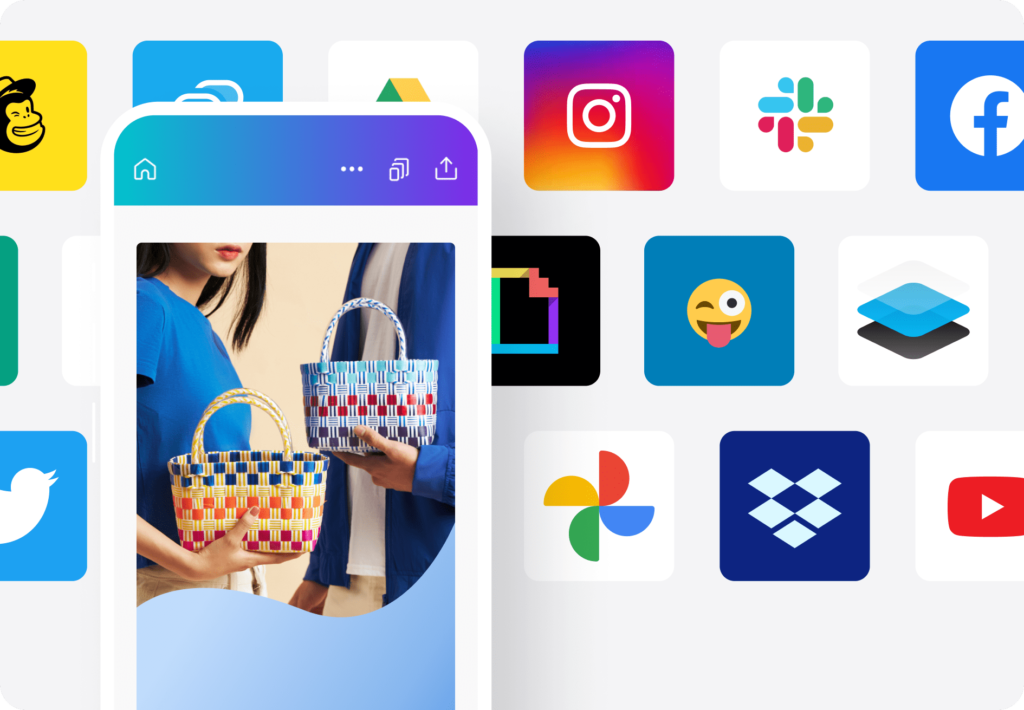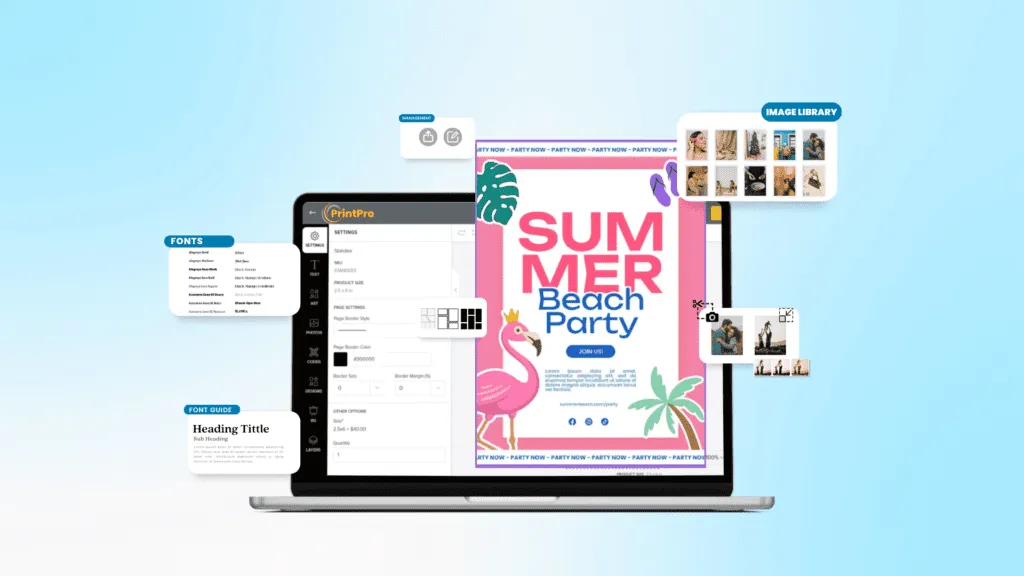POSTERS / LOGO DESIGNING
Posters are visual tools used for promoting events, products, services, or conveying information to a targeted audience. They combine text and visuals to capture attention and deliver a message effectively.

Clarity and Readability:
- Ensure the poster is easy to read from a distance with clear hierarchy of information (headline, key message, details).
- Use readable fonts and appropriate font sizes.
Visual Appeal:
- Utilize high-quality images, graphics, and illustrations that complement the message and capture attention.
- Maintain a balance between text and visuals to avoid clutter.
Branding Consistency:
- Incorporate brand colors, fonts, and logos to maintain brand identity and reinforce brand recognition.
- Consistency with other marketing materials helps in building a cohesive brand image.
Call to Action (CTA):
- Include a clear and compelling call to action that prompts the audience to take the desired next step (e.g., visit a website, attend an event, purchase a product).
Distribution Considerations:
- Design posters in various sizes suitable for different locations (e.g., outdoor billboards, indoor display boards, event venues).
- Ensure the design can be easily adapted for digital use (e.g., social media post
Simplicity:
- Create a clean and simple design that is easy to recognize and memorable.
- Avoid overly complex elements that can detract from the logo’s impact.
Relevance:
- Reflect the brand’s values, mission, and target audience through appropriate colors, shapes, and symbolism.
- Ensure the logo communicates the essence of the brand effectively.
Scalability:
- Design a logo that looks good and maintains its integrity when scaled to different sizes (from business cards to billboards).
- Ensure it remains recognizable in both color and black-and-white formats.
Versatility:
- Design variations of the logo for different applications (e.g., horizontal and vertical layouts, icon-only versions).
- Ensure it works across various platforms and mediums, including digital and print.
Timelessness:
- Aim for a design that transcends current trends and remains relevant and timeless over the years.
- Avoid overly trendy elements that may quickly become outdated.

